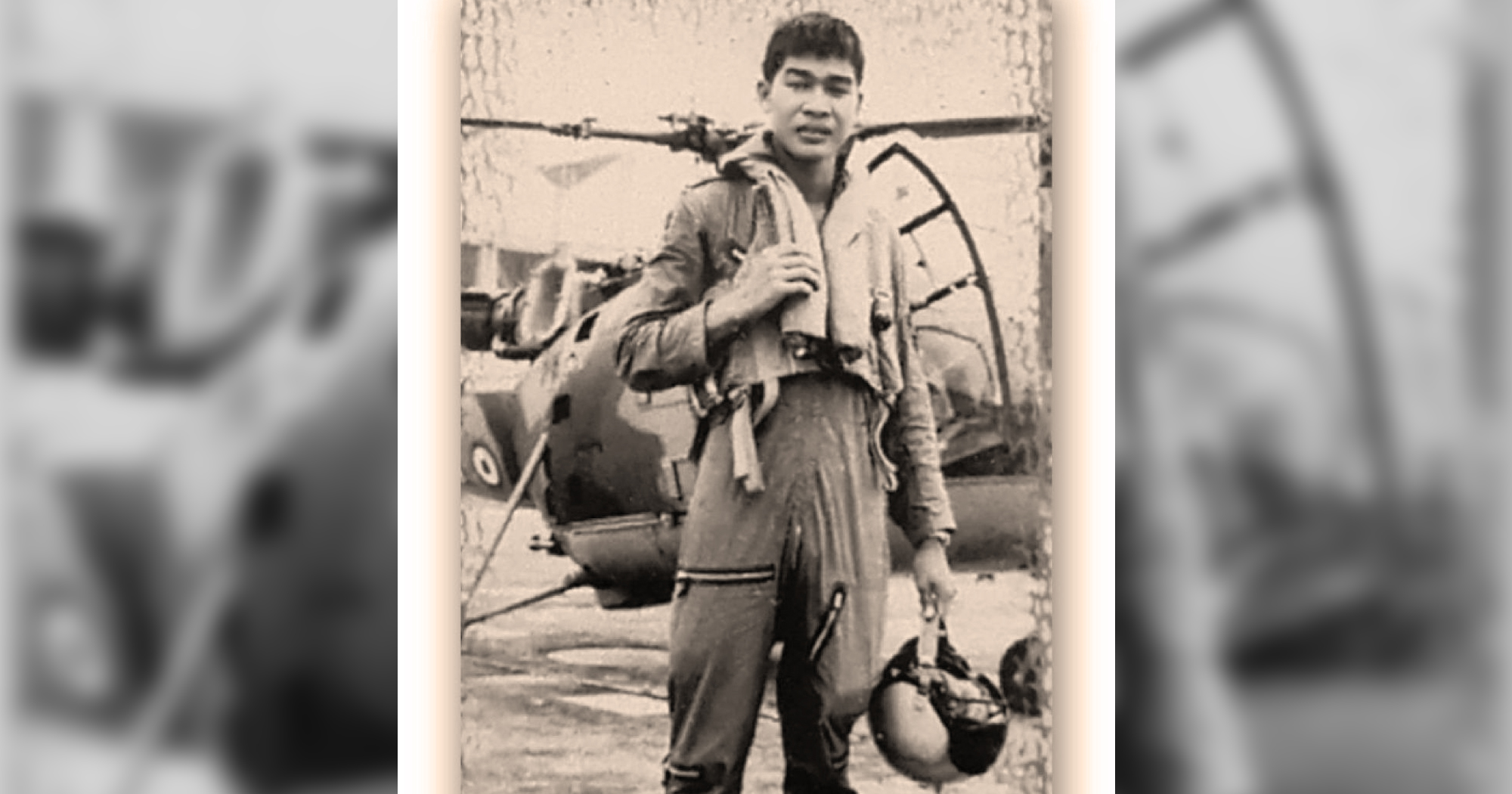It was 1968.
That year, then-British Prime Minister Harold Wilson announced he would be pulling Britain's military forces out of Southeast Asia sooner than expected — 1971 instead of 1975.
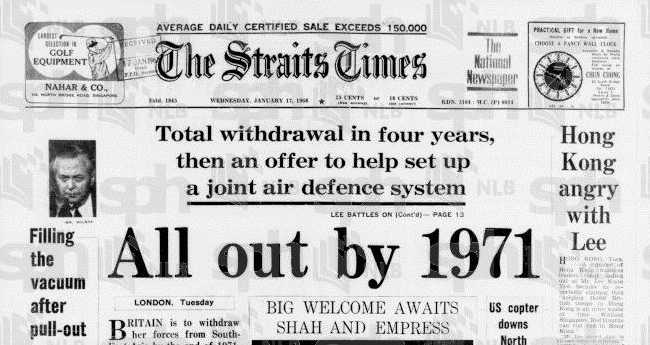 Via NewspaperSG.
Via NewspaperSG.
By that time, Singapore already had a fledgling army, but our air and naval defences were non-existent. The army rolled out a recruitment drive to set up what was then-referred to as the Air Defence Command (ADC).
Leo Tin Boon was an 18-year-old boy when he saw the recruitment advertisement for the Air Defence Command in the papers.
 Army recruitment ad in 1968. Via NewspaperSG.
Army recruitment ad in 1968. Via NewspaperSG.
Speaking to Mothership, Leo shared some amazing experiences from his years spent among our very first squadron of RSAF helicopter pilots.
After many rounds of selection processes, Leo was quickly enlisted as part of the pioneer batch of Singaporean officer cadets to be trained as pilots in June 1968.
He, alongside three others, was sent on an 11-month whirlwind training period in France with the French Army Aviation Corps and returned to Singapore in January 1970, part of the full-fledged four-pilot 120 Squadron — Singapore's first helicopter squadron.
Here's a great picture of him a year later:
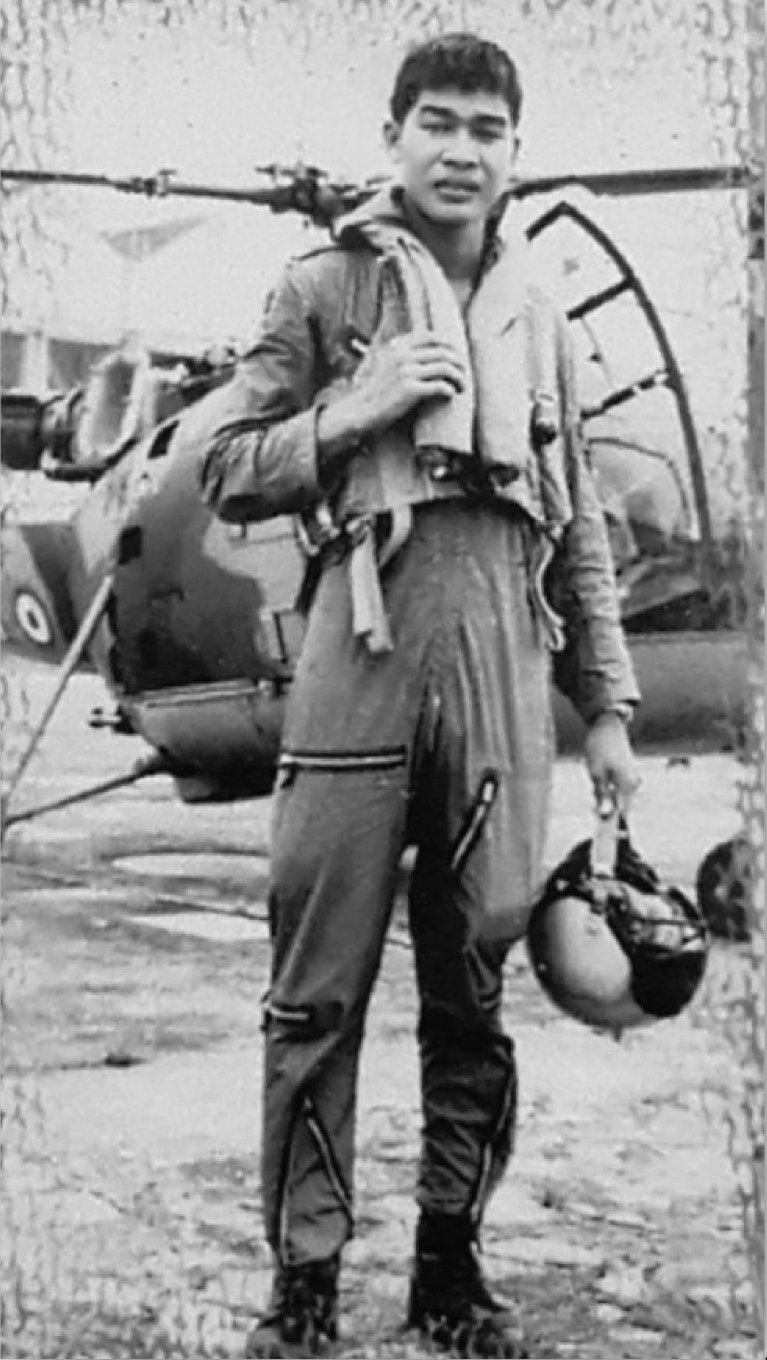 LTA Leo Tin Boon 1971. Via Leo.
LTA Leo Tin Boon 1971. Via Leo.
With one more pilot added to their ranks, Leo's team was activated for one of the most harrowing missions in the 32-year career he would go on to have: The 1971 Kuantan floods.
Lifesaving work
Heavy rainfall between December 1970 and January 1971 caused flash floods in large swathes of the east coast of the Malaysian peninsula. By early January, the papers were calling it the "worst floods in 40 years".
From Johor to Kelantan, towns, villages, and roads were submerged in muddy rain water:
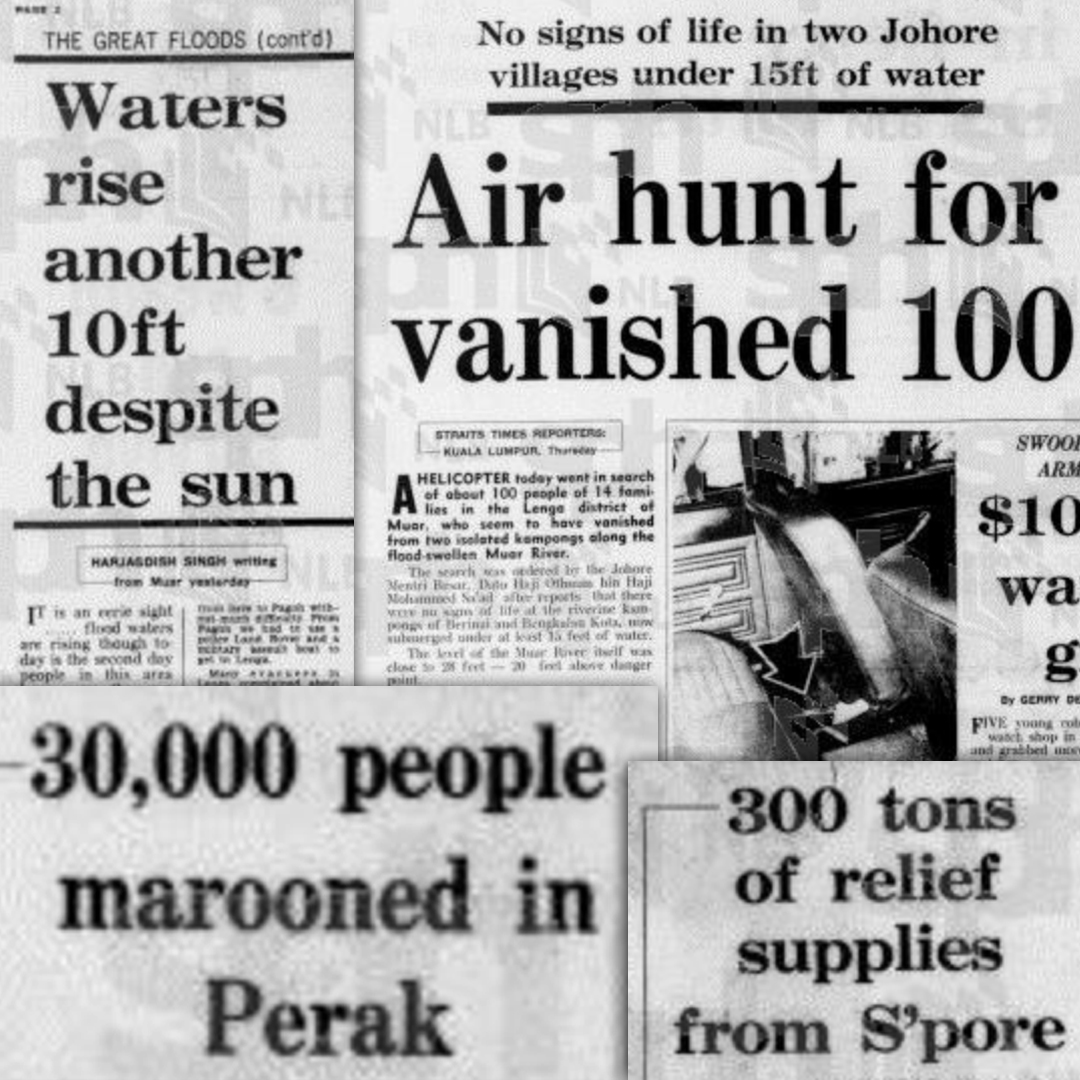 Via NewspaperSG.
Via NewspaperSG.
At the request of the Malaysian government, 120 Squadron was activated on Jan. 5, 1971 to help with flood relief — essentially, supplying food to stranded villagers in kampongs, evacuating sick people, and conducting any necessary search and rescue missions.
The five pilots flew out to Malaysia. For 11 days, the team flew daily from the Royal Malaysian Air Force base at Kuantan to disaster stricken areas. Leo — then 20 years old, mind you — recalls how stressful his flights were:
"During those 11 days, we flew in very challenging weather conditions. I hardly remember seeing the sun shine. The clouds were quite low and it was raining every day."
As if that wasn't bad enough, some of the missions required flying out to mountainous terrain, which in the heavy rain and thick clouds presented plenty of close shaves:
"As I turned back to follow the valley out to where I entered from, I saw that clouds had started to sink towards the bottom of the valley. We were not supposed to fly through the clouds (the Alouette was not designed for that).
I could not see any opening in front of me, except for the ground beneath me. The space that I could fly out of the valley was getting smaller and smaller, so I circled a bit, looking for an outlet to escape. Suddenly there was a small movement in the cloud, and an opening appeared. I quickly went through it. When I looked back, the opening had closed again."
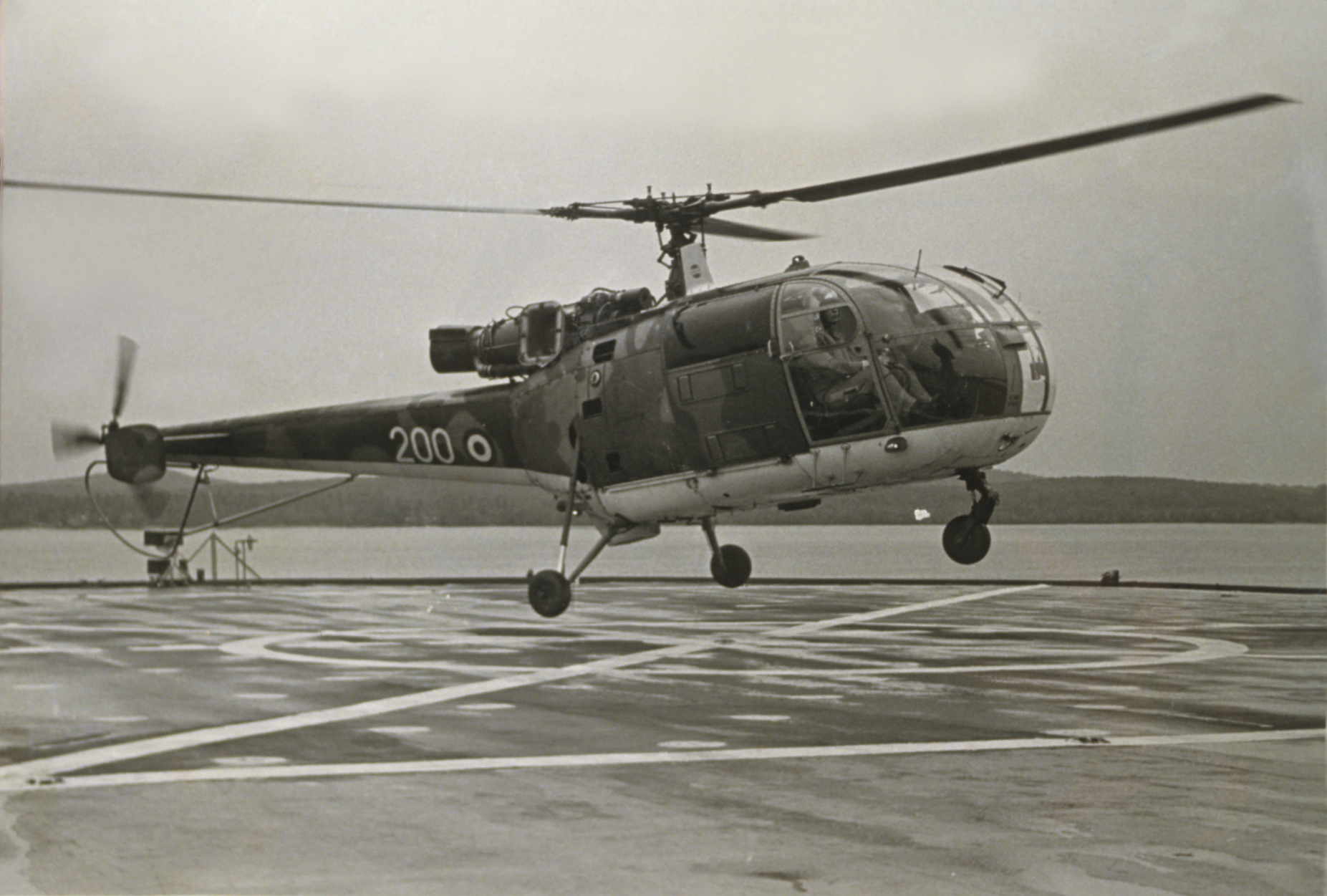 An Alouette III helicopter. Courtesy of RSAF.
An Alouette III helicopter. Courtesy of RSAF.
Throughout the 11 days he and his teammates spent in Malaysia, Leo completed a staggering 30 missions in his trusty Allouette, delivering food supplies and evacuating injured civilians.
"The highest number I did in a day was six missions. Some were two hours long, some were 30 minutes long."
Today, Leo is 68 and retired, but he recalls with pride the day he completed six missions in a day, on his 21st birthday, no less.
"I was very happy that I could help people in need on my birthday. That was a great satisfaction."
In Leo's words, the 120 Squadron was very fresh and their first humanitarian mission was certainly a "baptism of fire" to prove they were prepared and equipped for the challenges ahead.
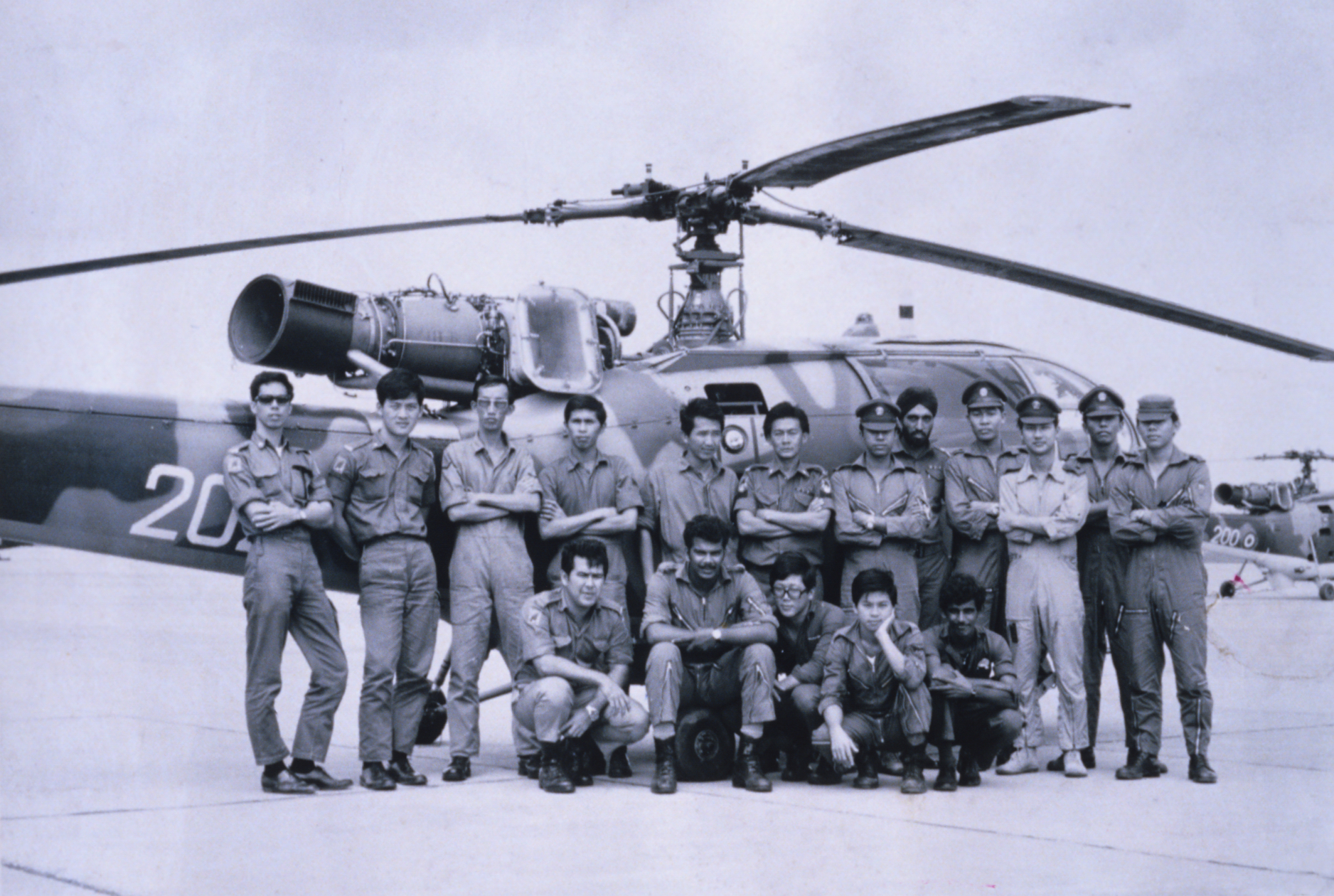 A batch of 120 Squadron personnel. Courtesy of RSAF.
A batch of 120 Squadron personnel. Courtesy of RSAF.
Fast forward nearly half a century, Leo's story is just one of many from the Republic's stellar air force, which propelled it through the years to arrive where it has today.
To commemorate their 50th anniversary, the RSAF will be holding a series of celebrations throughout the year, starting with the Singapore Airshow from 6 to 11 February 2018 and culminating with the RSAF50 parade on September 1, 2018.
To find out more about the line up of events, click here.
If you like what you read, follow us on Facebook, Instagram, Twitter and Telegram to get the latest updates.
